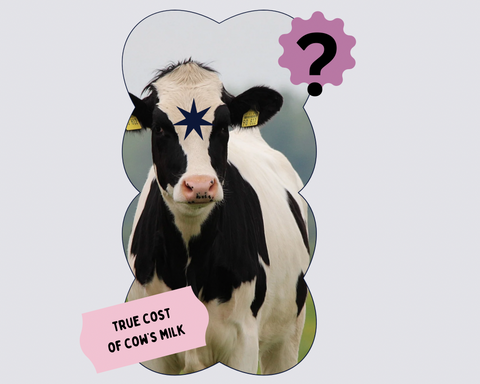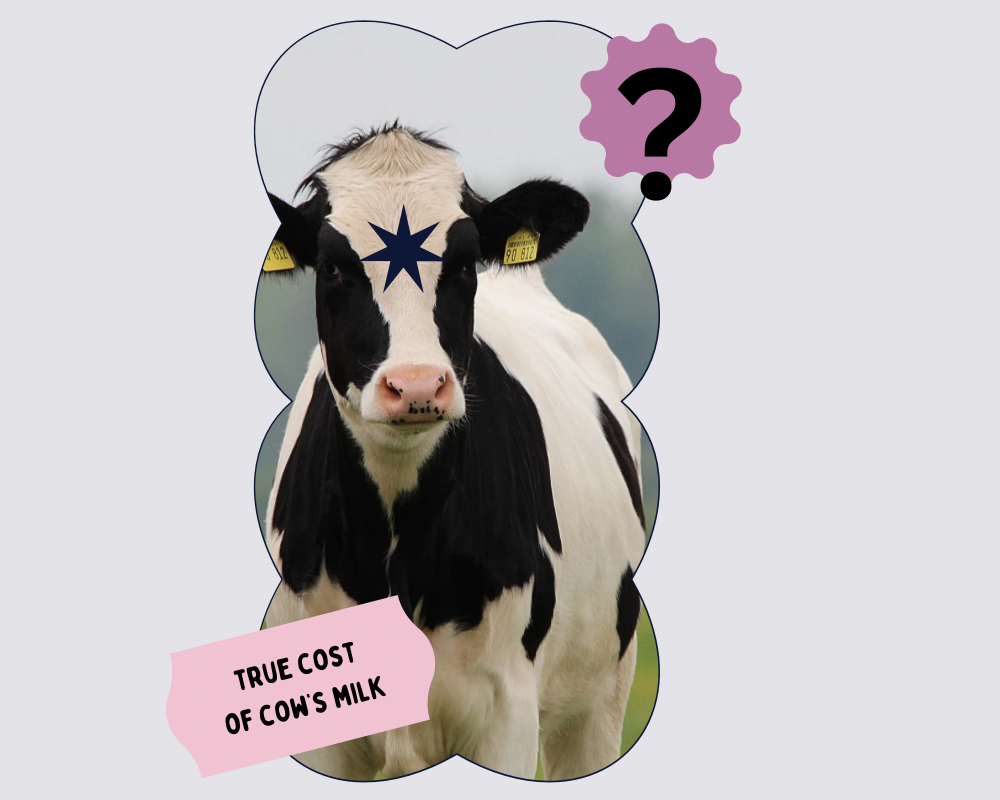
When we think of dairy products, we almost always often picture serene green pastures and content cows peacefully grazing. However, beyond this idyllic image, there lies a complex and often overlooked connection between dairy cows and pollution. As the demand for dairy continues to rise, it becomes crucial to understand the environmental impact of the dairy industry. In this blog post, we will explore how dairy cows contribute to pollution and what measures can be taken to mitigate their ecological footprint.
1. Methane Emissions
One of the primary sources of pollution associated with dairy cows is methane emissions. Cows are ruminant animals, which means they have a specialized stomach to digest fibrous plant material like grass. During the digestion process, cows release methane, a potent greenhouse gas, through belching. Methane is approximately 25 times more effective at trapping heat in the atmosphere than carbon dioxide over a 100-year period, making it a significant contributor to global warming.
2. Water Pollution
Dairy farming practices can also lead to water pollution. The excessive use of fertilizers and manure in feed production can result in nutrient runoff. When this nutrient-rich runoff finds its way into water bodies, it can lead to harmful algal blooms, oxygen depletion, and even dead zones, negatively impacting aquatic ecosystems.
3. Land Use and Deforestation
Expanding dairy operations often lead to increased land use, which can lead to deforestation and habitat loss. Clearing forests to make way for grazing land or feed crops contributes to biodiversity loss and reduces the ability of forests to act as carbon sinks, further exacerbating climate change.
4. Waste Management
The management of cow manure is another environmental challenge. Large-scale dairy farms can produce massive amounts of manure, which, if not properly handled, can contaminate soil and water resources. Adopting effective waste management practices, such as composting and recycling manure, is essential to minimize pollution.
Mitigation Strategies
While the connection between dairy cows and pollution is undeniable, there are several strategies to reduce the industry’s ecological impact:
1. Sustainable Farming Practices: Encouraging farmers to adopt sustainable practices like rotational grazing, which can improve soil health, reduce methane emissions, and protect natural habitats.
2. Methane Capture: Implementing technologies to capture methane emissions from cow manure and convert it into usable energy can help curb greenhouse gas emissions.
3. Nutrient Management: Properly managing manure and fertilizers to prevent nutrient runoff into water bodies.
4. Alternative Feed Sources: Exploring and promoting alternative feed sources that are less resource-intensive and have a lower environmental footprint.
5. Consumer Awareness: Raising awareness among consumers about the environmental impact of their dairy consumption and encouraging them to choose products from farms that prioritize sustainability.
6. Plant-based options: plant-based products are everywhere today. They are delicious and nutritious and have much lower environmental footprint. There are so many options when choosing vegan milks today: oat milk, coconut milk, pea milk, soy milk and even a pistachio milk.
The connection between dairy cows and pollution demands our attention and collective action. While the dairy industry plays a crucial role in providing nutrition to millions, it is equally essential to address its environmental impact. By adopting sustainable practices, investing in innovative technologies, and making conscious consumer choices, we can work towards a more environmentally sound tomorrow that ensures a healthier planet for future generations. Let’s embrace a balanced approach that nurtures both our love for dairy products and our responsibility to protect the environment.

